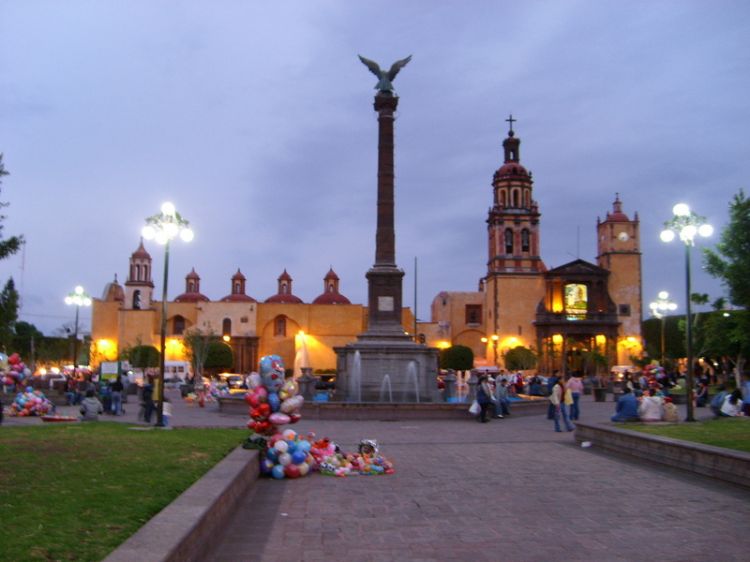.jpg)
Hurricanes and cyclones occur each year in the Pacific Oc...
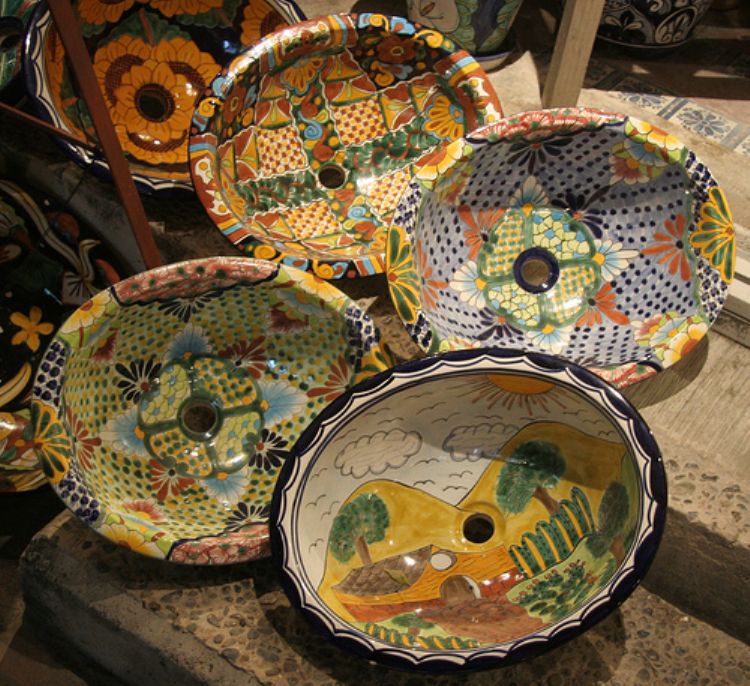
As it has been explained, the tourist state of Quintana Roo shares many aspects of its history, culture and traditions with the neighboring entity of Yucatan.
For instance, gastronomy is clearly dominated by snacks and quick foods coming from the Yucatan territories and known as papadzules, cochinita, panuchos and salbutes, as well as the exquisite spices like chirmole and pipian, a type of squash.
And of course the region has many seafood dishes made from a nearly endless supply coming from the Caribbean coasts. Not to mention the great quality of the international cuisine offered throughout the first-class tourism infrastructure.
Local festivities, celebrations and traditional dancing also come from the neighboring peninsular state, like the folk dance called jarana or another one known as the "pig head dance". One which actually belongs to Quintana Roo is known as the "rubber tapper dance", performed by the chicleros, peasants who ventured into the jungles in search of the chicozapote tree from which rubber is obtained. The carnival festivities are also observed, along with many colonial catholic holidays.
The Mayan legacy becomes evident through the spiritual celebrations of the community, which still honors the deities worshipped by their ancestors, such as Chac, the god of rain, and the sacred silk-cotton tree called the Ceiba.
Craft-works along the coasts are usually fabricated with shells from sea-snail or of smaller sizes, and the most coveted, those made with black coral. Across the rest of the territory, some Maya descendants still weave serapes, colorful blanket-like shawls
and assemble artifacts made of wood or liana.
Foto: Exfordy
.jpg)
Hurricanes and cyclones occur each year in the Pacific Oc...
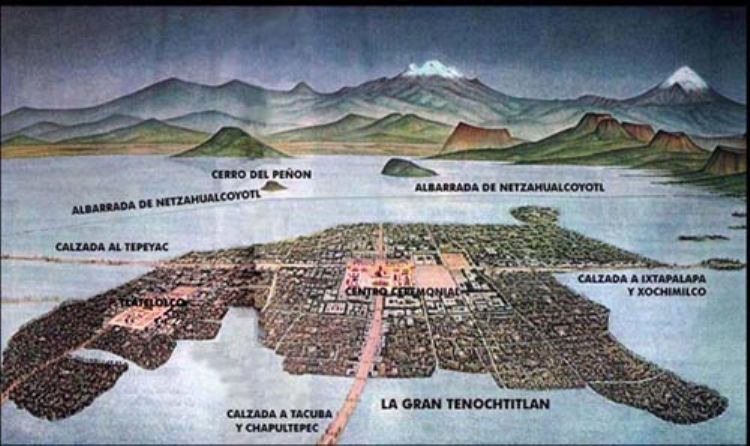
Europe became very interested after the discovery of Amer...

The latest additions of UNESCO show a concern for preserv...

The cessation of analog TV broadcasts is a reality in Mex...
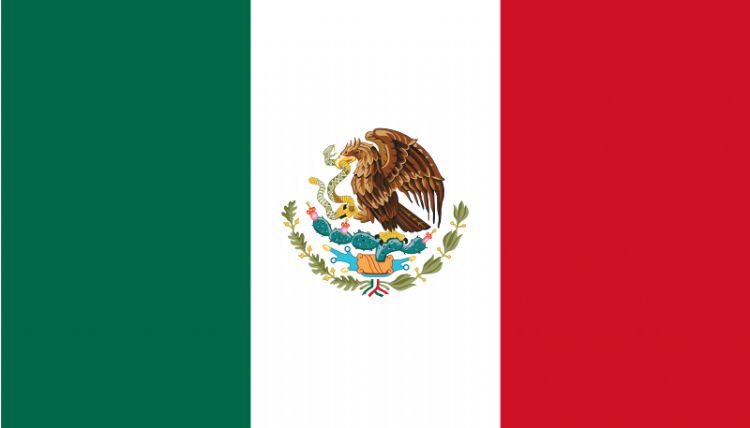
Mexicoâs flag is the most representative identity symbo...
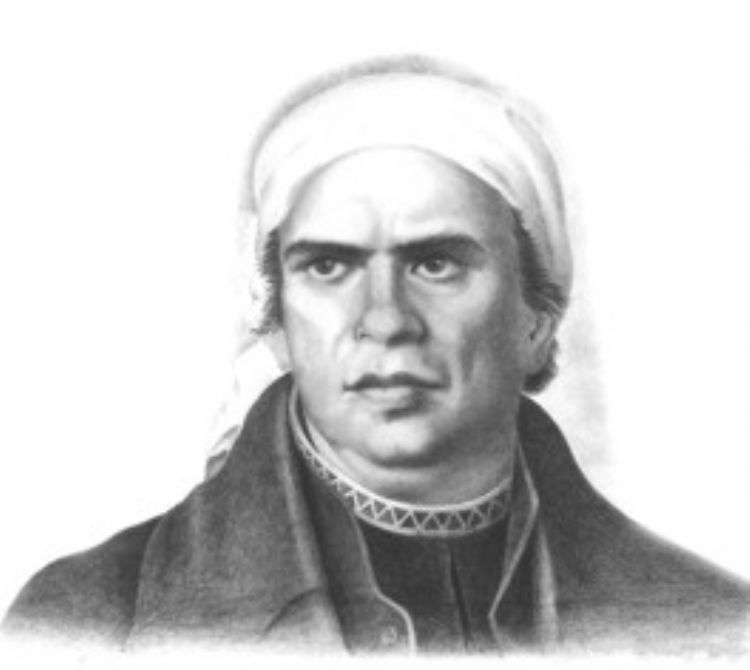
José María Morelos y Pavón was born ...
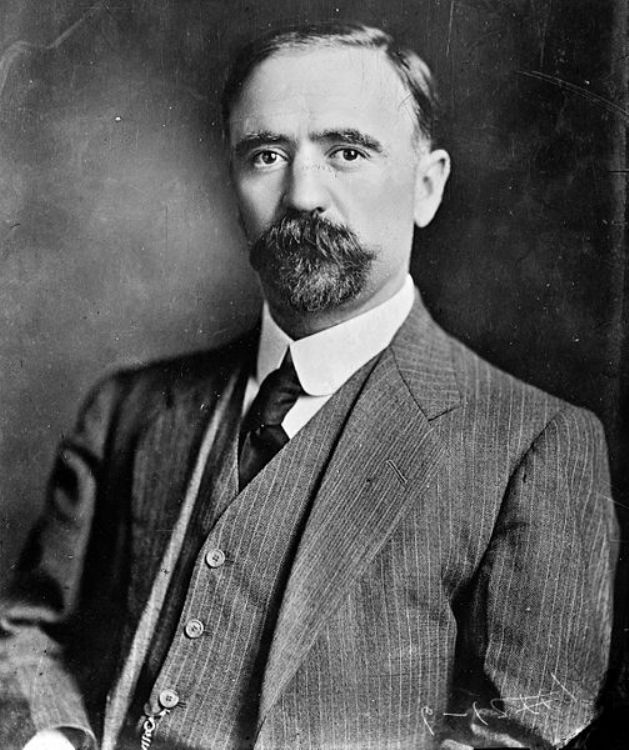
He was born on the 30th of October 1873 at Hacienda el Ro...
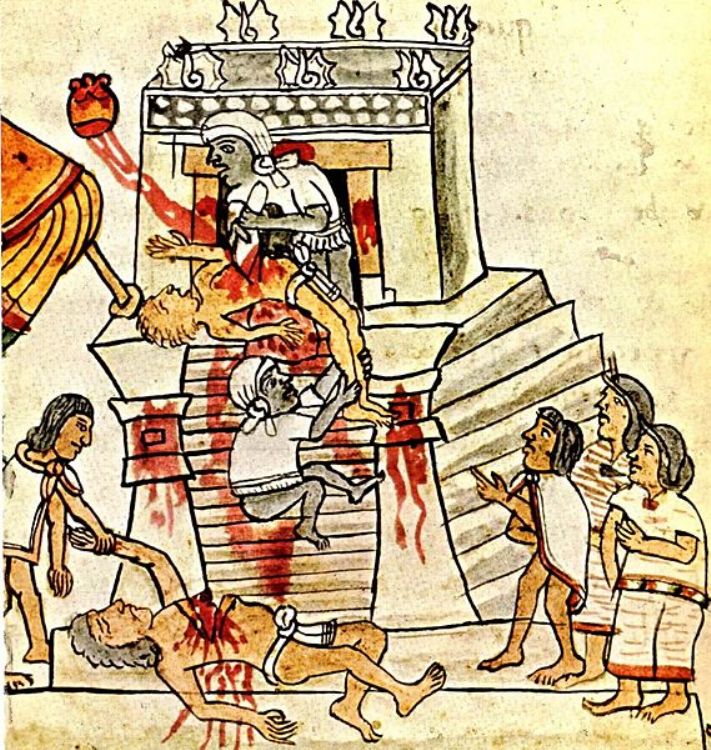
Pre-Columbian era is a term used referring to the situati...

Until 2013, Article 27 of the Constitution gave exclusive...

The figure of Antonio Lopez de Santa Anna has been very c...
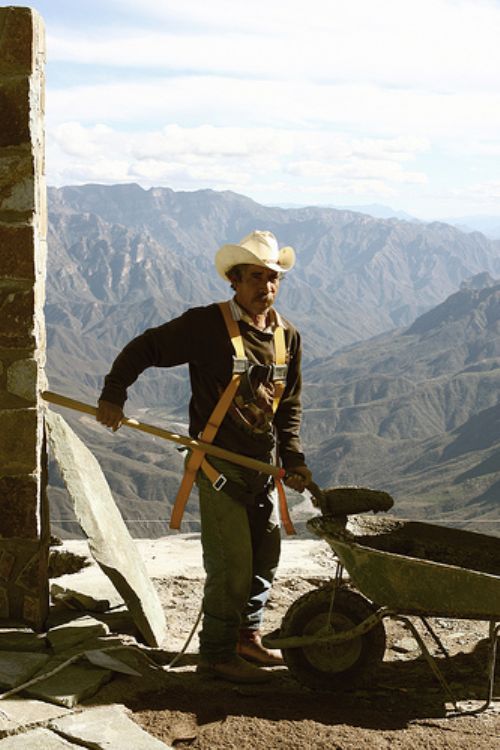
In Mexico there are various social benefits granted by la...

Beverages known as Aguas Frescas in Mexico are the perfec...
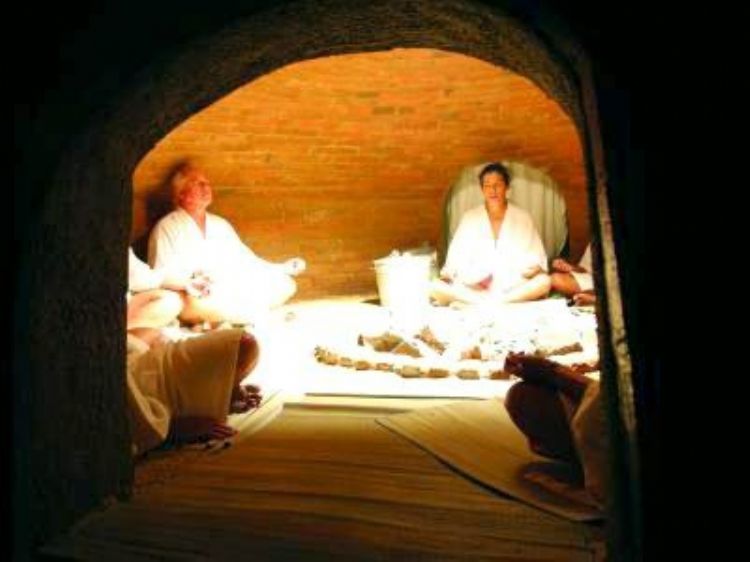
Temazcal is a word of Nahuatl origin formed by temaz â ...


The figure of Antonio Lopez de Santa Anna has been very c...
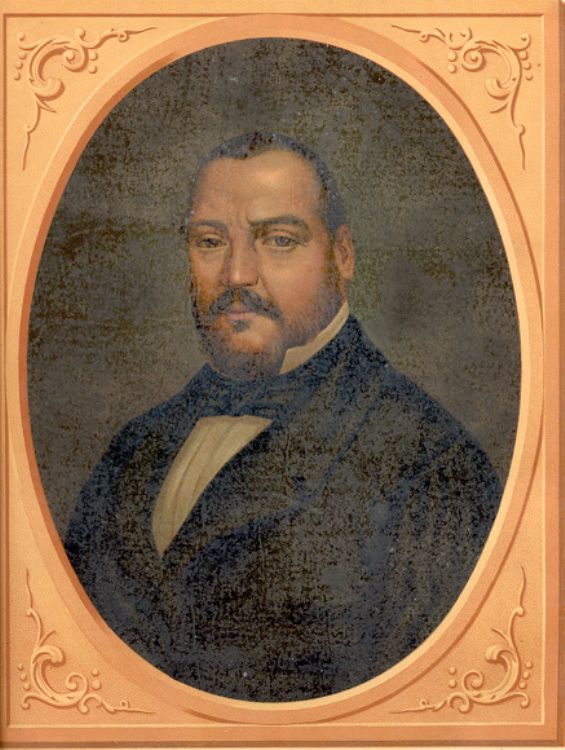
Mexicoâs War of Reform, also known as the Three Year Wa...

Framed by the majestic remains of the Aztec culture in th...
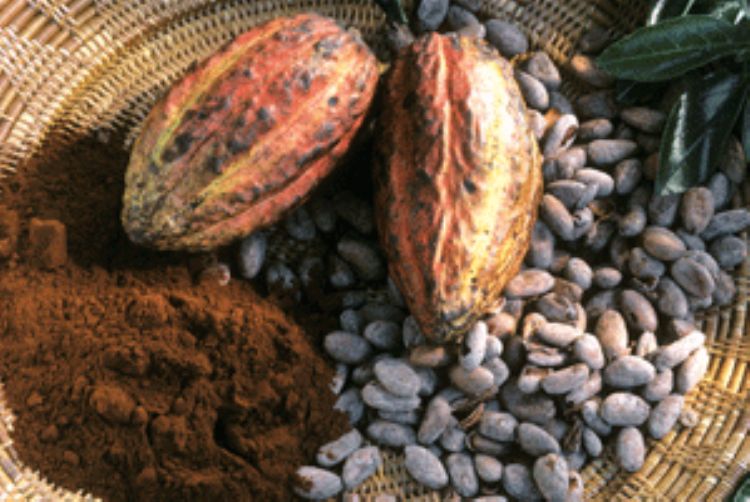
The system of haciendas was the main economic organizatio...
